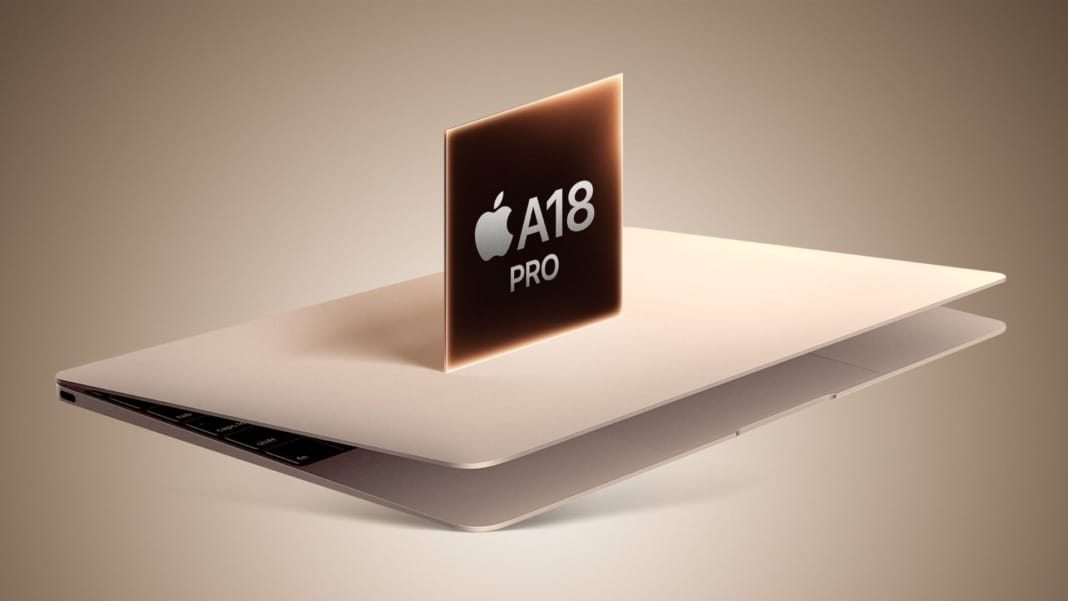Apple is reportedly preparing to enter the budget laptop market with a new low-cost MacBook that could arrive as early as February 2026. The information comes from a research note by supply chain analyst Jeff Pu, shared via 9to5Mac, which suggests the long-rumoured device is moving steadily through development and edging closer to launch.
Device expected in early 2026
According to Pu, Apple plans to introduce the new MacBook in “mid-Q1 2026,” which would likely put its debut around February. The key selling point is expected to be its lower price, making it the most affordable MacBook the company has released in years. However, the hardware inside may be just as noteworthy.
Pu claims the laptop will be powered by the A18 Pro processor, the same chip currently used in the iPhone 16 Pro models. While this processor is not the newest in Apple’s range by the time the laptop launches, its inclusion signals Apple’s intention to use older, more affordable components to help reduce the device’s overall cost. The strategy also suggests that the company is using existing parts in its supply chain.
Using older chips follows an established industry pattern
The decision to equip the upcoming MacBook with an A-series mobile processor is not unprecedented. Apple previously transitioned its Macs from Intel to an ARM-based architecture by first testing macOS on devices powered by the A12Z chip, initially designed for the iPad. This history indicates that the A18 Pro should offer more than enough performance for a budget-friendly laptop.
The use of older or repurposed chips is also a common practice across the technology industry. Companies such as Qualcomm have frequently sold updated or scaled-down versions of previous flagship processors to help manufacturers build capable devices at more accessible prices. Apple itself has used this approach for years across its iPhone, iPad, and Apple Watch ranges, offering models with different processor generations to create a wider pricing structure.
Memory and silicon remain two of the most costly components in modern devices, and their prices are expected to rise further in 2026. By selecting an existing chip, Apple can better control costs while still delivering a reliable level of performance.
Design details remain unclear
While the reported specifications give a clearer picture of Apple’s internal strategy, the external design of the upcoming MacBook remains a mystery. Apple has historically reused successful designs for long periods, such as the wedge-shaped MacBook Air, which lasted for over a decade, and the flat-sided MacBook Pro, which has also enjoyed a lengthy run.
It is not yet known whether Apple will introduce a new model with a polycarbonate body to reduce costs further, revive the compact 12-inch MacBook design with a single USB-C port, or maintain the look of the M1 MacBook Air. All possibilities remain speculative for now.
Whatever direction Apple takes, the device is expected to feel familiar, with the focus likely on balancing performance and affordability. If priced competitively, the new MacBook could become a strong alternative to the 13-inch iPad Air, especially once the keyboard cost is factored in.




